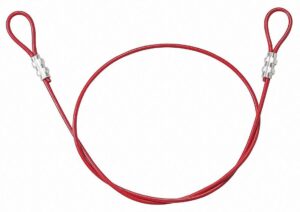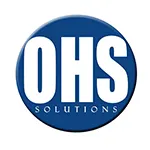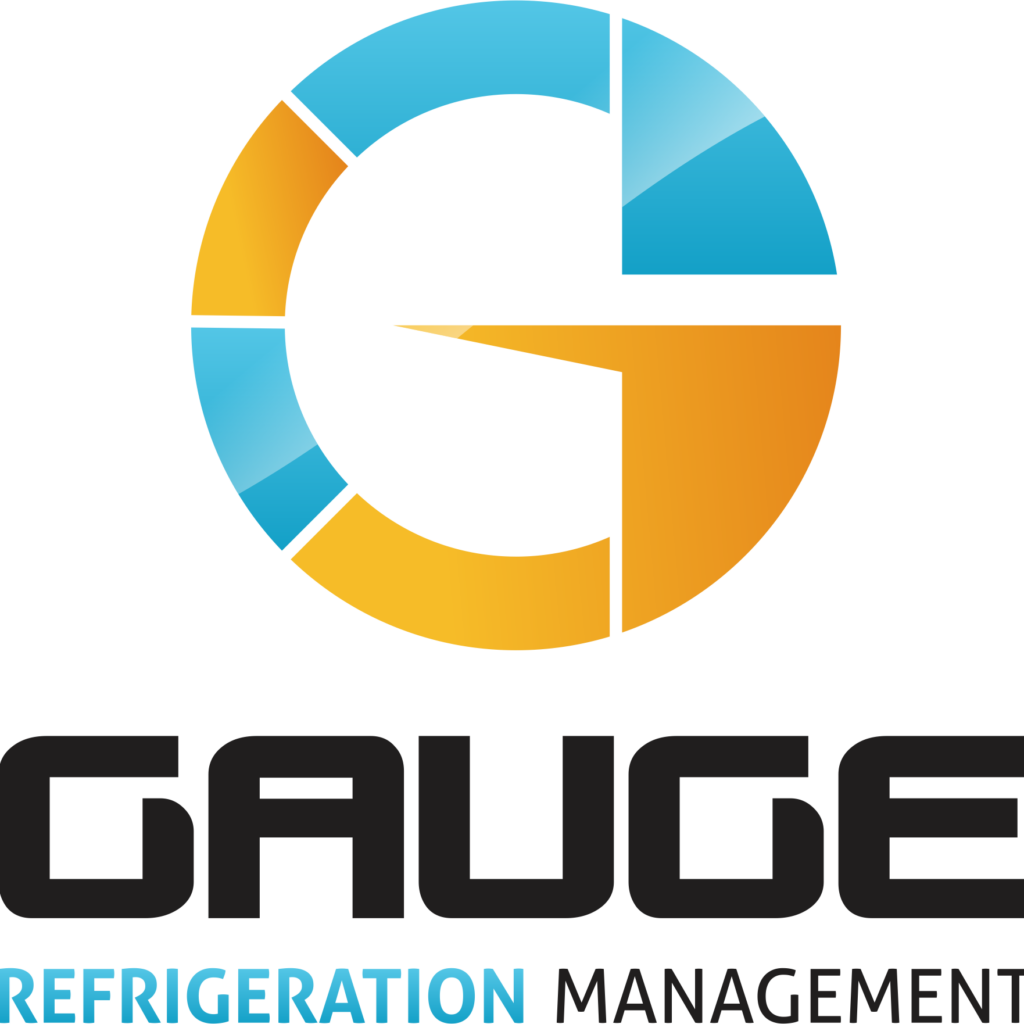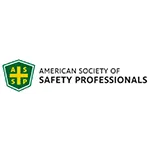SAFTENG Has
- Over 17,500 categorized unsafe acts/conditions and accident/injury photos
- Over 1,400 ppt's & doc's
- Over 3,900 technical articles on Process Safety & Occupational Safety & Health matters
- Over 400 videos
CLICK HERE to Renew your Membership
CLICK HERE for a NEW Membership
CLICK HERE to see eligibility requirements for FREE Membership
If you have any questions, please contact me

I am proud to announce that have extended our”Partners in Safety” agreement for another year (2025).
CI Members, send me an e-mail to request your FREE SAFTENG membership.





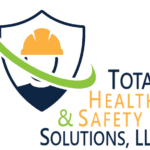





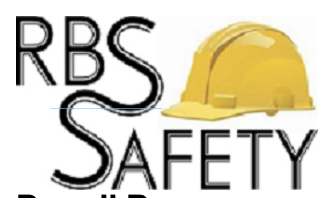


August 20, 2020
At 12:45 a.m. on December 28, 2019, Employee #1 entered a tanker truck that last held Vinyl Acetate Polymer Residue, a hazardous waste material, and became unresponsive while in the tanker. Employee #2 and Employee #3 entered the tank to rescue Employee #1 and also became unresponsive. Employee #4 entered the tank and was able to rescue Employee #2 but exhibited symptoms of chemical exposure. Emergency...
Read More
August 20, 2020
In several of my articles over the years, I have touched on the additional hazards when working with hazardous materials in an elevated position. In my 2016 Line Break presentation @ ASSE Safety 2016, we made a special point to mention how additional safeguards need to be in place when doing line breaks at elevation. In this 2020 fatality, we now know the deceased was working from a scissor...
Read More
August 19, 2020
The primary focus of the Emergency Response standard would be to protect workers who respond to emergencies as part of their regularly assigned duties. Examples include:
fire brigades/workplace emergency response teams,
industrial and municipal firefighters,
technical rescuers,
emergency medical service providers, etc.
A secondary focus of the rule would be to protect those workers who may be called...
Read More
August 15, 2020
Several of the EEBA manufacturers do not offer this advice upfront, but some manufacturers put this info in their owner’s manuals. I am no lawyer, so I have no idea why a manufacturer would NOT provide this information for an Emergency Escape Breathing Apparatus (EEBA). But having these devices in the workplace, if you use one of these brands, the facility’s RP must cover this...
Read More
August 15, 2020
What is the number 1 battle we deal with in our respirator programs? Facial hair! But luckily an Emergency Escape Breathing Apparatus (EEBA) is not hindered by facial hair; however, an EEBA could be hampered by…
…
HomeRead More »
Read More
August 15, 2020
Emergency Escape Breathing Apparatus (EEBA) are making come back – at least I am finding more and more facilities that never had them now implementing them for many reasons. Some companies now believe they are required because of PSM/RMP, some 3rd party PHA facilitators must be getting kick-backs as a lot are recommending them in their PHA’s, and I have even seen OSHA negotiate their...
Read More
August 15, 2020
The client has approved this posting as they want to make sure others can learn from their incident. PLEASE discuss this incident with your teams if your LOTO practice(s) resemble theirs – what they did was VERY COMMON and I teach this method in all my LOTO courses at process plants. I have revised my training and written program as a result of this incident, and I hope many...
Read More
August 15, 2020
If there is one common finding in our PSM/RMP audits it is this single requirement for employees who remain to operate critical plant operations before they evacuate. And when we attempt to explain what is actually necessary to just meet 1910.38(c)(3) we are oftentimes met with downright hostility. It is rare these days that anyone needs to stay behind, but I would say about 25% of the...
Read More
August 14, 2020
Section 304(a) of EPCRA and the regulations found at 40 C.F.R. Part 355, Subpart C, require the owner or operator of a facility at which a hazardous chemical is produced, used or stored, to immediately provide notice to the State Emergency Response Commission (SERC) and the Local Emergency Planning Committee (LEPC) as described in Section 304(b) of EPCRA, when there has been a release of an EPCRA extremely...
Read More
August 14, 2020
The risk management program regulations require the owner or operator of a covered stationary source to develop and implement an emergency response program as described in 40 CFR §68.95, which must include an emergency response plan, emergency response equipment procedures, employee training, and procedures to ensure the program is up-to-date.
Do all facilities subject to the risk management program...
Read More
August 14, 2020
Formaldehyde is not specifically listed with a concentration cutoff, but is listed with the qualifier “solution”. Can the partial pressure exemption be applied to formaldehyde solutions?
…
HomeRead More »
Read More


